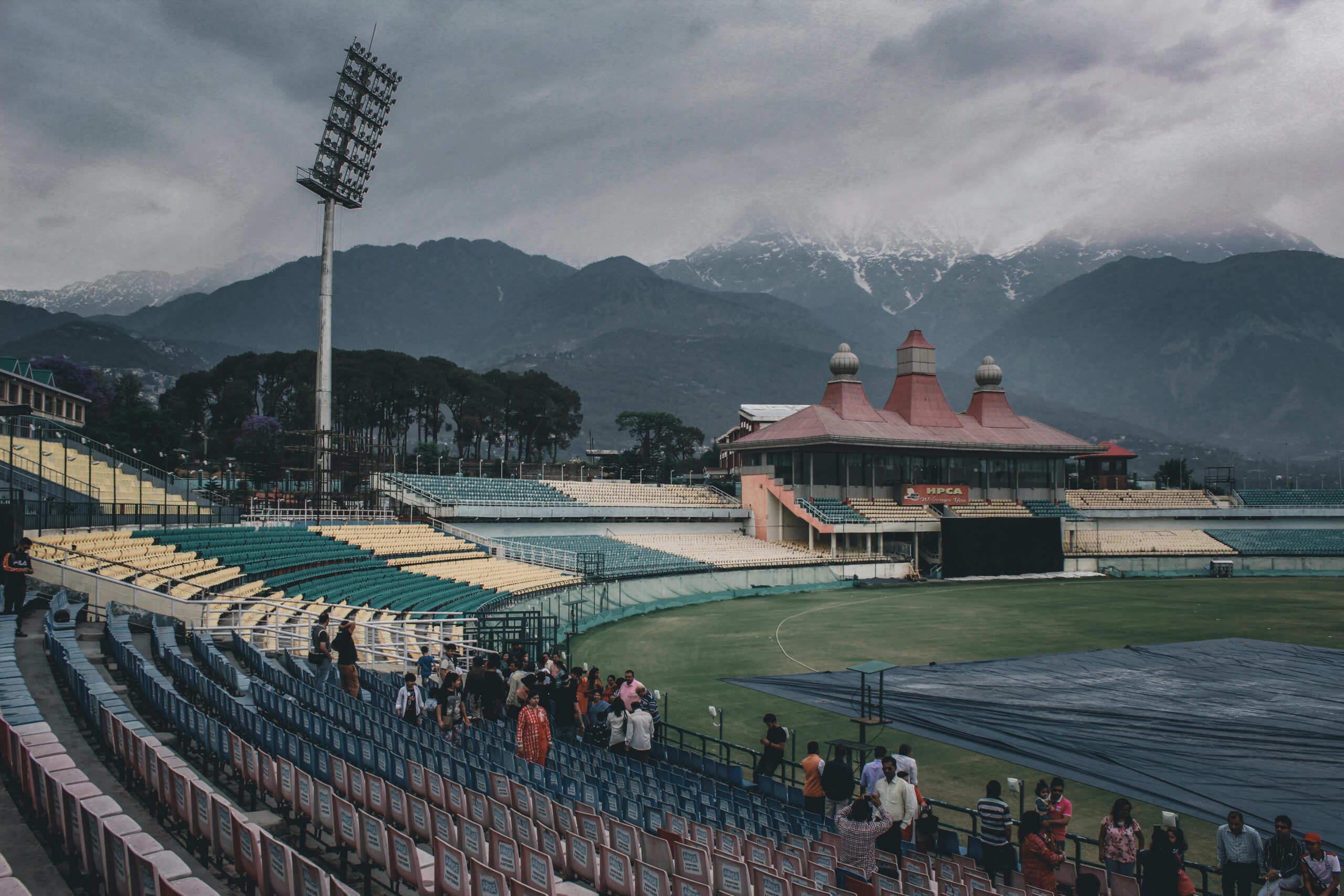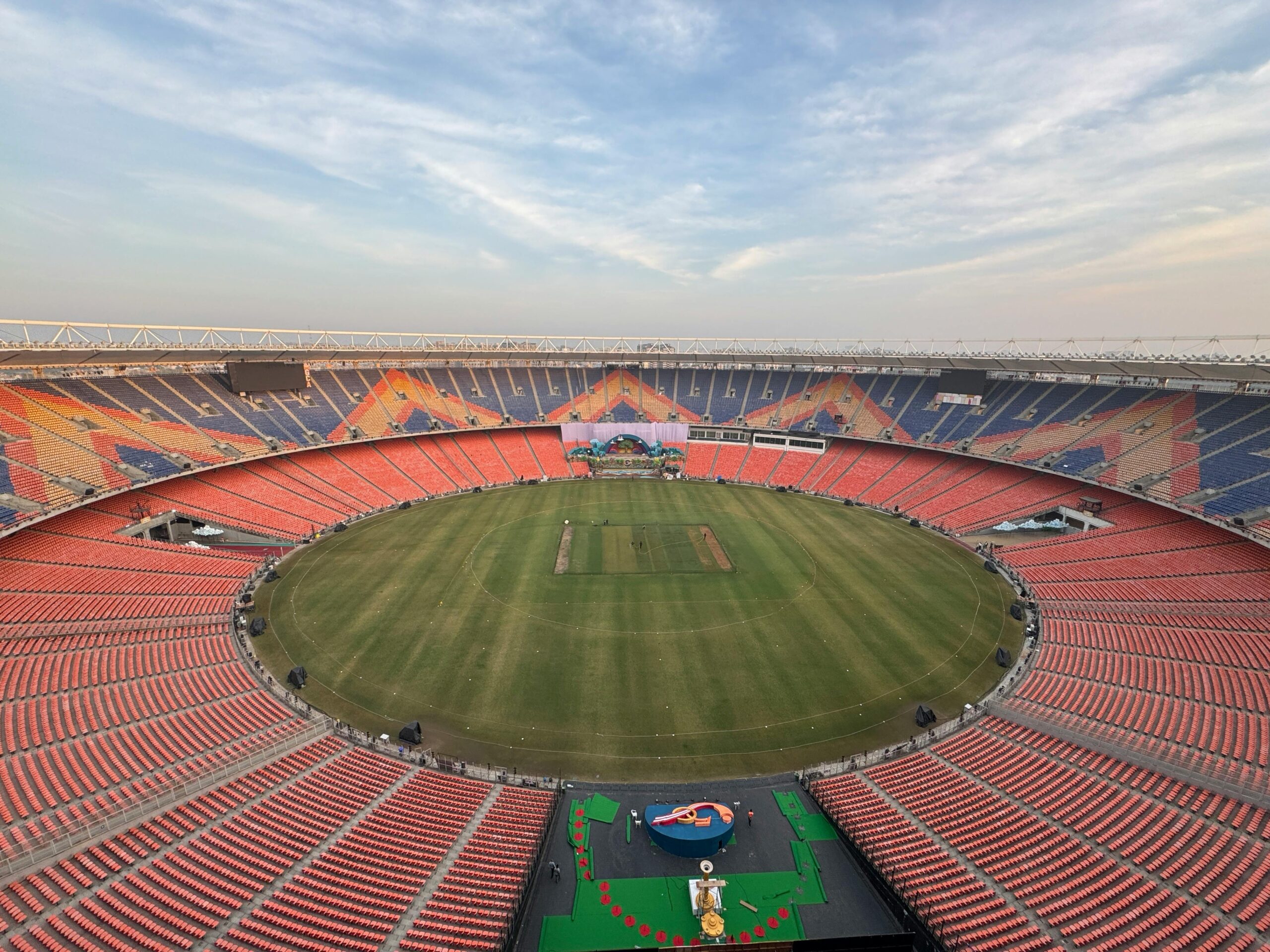The ICC Champions Trophy 2025 is set to be hosted by Pakistan, and as with any cricket tournament, weather and pitch conditions will play a pivotal role in shaping the strategies of teams. The subcontinental climate and pitches in Pakistan present unique challenges that could significantly influence match outcomes. Here’s a detailed look at how weather, pitch conditions, and strategic adjustments might impact the tournament:
1. Weather Conditions in February-March
The tournament is expected to take place in February and March , which falls in Pakistan’s winter-to-spring transition period. This timing brings specific weather patterns that could affect gameplay:
- Cooler Temperatures :
- Daytime temperatures in cities like Karachi, Lahore, and Rawalpindi during this period typically range from 20°C to 30°C , making it comfortable for players and spectators.
- Cooler conditions can aid fast bowlers , as the ball tends to swing and seam more effectively in such weather.
- Dry Climate :
- Pakistan’s climate is generally dry, which means pitches are less likely to deteriorate due to moisture. However, the lack of humidity could reduce swing for fast bowlers after the initial overs.
- Clear Skies :
- Sunny weather is expected for most matches, minimizing rain interruptions. However, clear skies also mean pitches will bake under the sun, becoming harder and better suited for batting as the game progresses.
2. Pitch Behavior Across Venues
Pakistan’s pitches are known for their spin-friendly nature , especially as the game wears on. Here’s how different venues might behave:
Karachi (National Stadium) :
- Early Overs : The pitch starts off relatively flat, favoring batsmen. Fast bowlers may get some assistance with early movement.
- Middle to Late Overs : Spinners come into play as the pitch begins to wear and offer turn. Teams with strong spin attacks (e.g., India, Afghanistan) will have an advantage.
Lahore (Gaddafi Stadium) :
- Balanced Surface : The Gaddafi Stadium traditionally offers a balanced contest between bat and ball. Fast bowlers can exploit early movement, while spinners dominate in the second half.
- High-Scoring Games : The pitch often flattens out, leading to high-scoring encounters, especially in day-night matches.
Rawalpindi (Pindi Cricket Stadium) :
- Seam-Friendly Early On : The pitch here tends to assist fast bowlers in the first 10-15 overs, with some lateral movement.
- Spin Takes Over : As the match progresses, the surface becomes conducive for spinners, making it crucial for teams to have quality slow bowlers.
Multan (Multan Cricket Stadium) :
- Spin-Dominated : Multan’s pitches are known to favor spinners from the outset, with significant turn and uneven bounce as the game progresses.
- Low Scoring : Matches here could see lower totals compared to other venues, making it vital for teams to adapt quickly.
3. Strategic Adjustments Based on Conditions
Teams will need to tailor their strategies to the conditions they face. Here’s how weather and pitch behavior could shape tactics:
Batting Strategies :
- Early Aggression : With cooler temperatures aiding fast bowlers early on, top-order batsmen will need to be cautious initially but ready to capitalize once the ball loses its shine.
- Rotating Strike : On slower, turning tracks, batsmen will need to focus on rotating the strike rather than relying solely on boundaries.
- Playing Spin : Teams without experience against quality spin (e.g., England, South Africa) will need to practice sweep shots, use of feet, and patience.
Bowling Strategies :
- Exploiting Early Conditions : Fast bowlers should aim to make early breakthroughs by utilizing swing and seam movement in the cooler morning or evening sessions.
- Spin as a Weapon : Captains will rely heavily on spinners in the middle overs, especially in venues like Multan and Karachi. Teams with world-class spinners (e.g., India, Afghanistan, Pakistan) will have a significant edge.
- Variations : Spinners will need to use variations like googlies, carrom balls, and changes in pace to outfox batters on turning tracks.
Field Placements :
- Protecting Boundaries : On flatter pitches, captains will need to guard against big hits by placing fielders strategically in the deep.
- Close-In Fielders : On turning tracks, close-in fielders (e.g., short leg, silly point) become crucial to force mistakes from batters struggling against spin.
4. Impact on Team Selection
Weather and pitch conditions will dictate team compositions:
- Spin-Heavy Lineups : Teams like India, Afghanistan, and Bangladesh may opt for two or even three spinners, depending on the venue.
- All-Rounders : Players who can contribute with both bat and ball (e.g., Hardik Pandya, Shadab Khan) will be invaluable in balancing the side.
- Fast Bowling Depth : While spin dominates later, teams cannot afford to neglect their pace attack, especially for early wickets.
5. Key Match Situations
- Day-Night Matches :
- Cooler evening temperatures could revive swing and seam movement for pacers, making it critical for teams to adjust their approach during twilight periods.
- Dew in the second innings could make it difficult for bowlers to grip the ball, favoring batting sides.
- Knockout Stages :
- In high-pressure matches, teams that adapt quickly to conditions will have a psychological edge. For example, a team accustomed to subcontinental pitches (e.g., Pakistan, India) may outmaneuver a less experienced opponent.
6. Teams Likely to Thrive
- India : With their strong spin attack and experience playing in similar conditions, India will be well-suited to dominate.
- Pakistan : As hosts, they’ll have intimate knowledge of pitch behavior and can exploit home advantage.
- Afghanistan : Their world-class spinners (Rashid Khan, Mujeeb Ur Rahman) will thrive on turning tracks.
- Bangladesh : Known for their grit and spin-friendly approach, Bangladesh could surprise stronger teams.
7. Challenges for Non-Subcontinental Teams
- England and Australia :
- These teams may struggle against spin-heavy attacks if their middle order isn’t prepared for turning tracks.
- Adapting to dry, low-bounce pitches will require flexibility and innovation in shot selection.
- South Africa :
- Historically, South African batsmen have struggled against quality spin, which could be a major hurdle in Pakistan.
Final Thoughts
The ICC Champions Trophy 2025 will be a fascinating battle not just between bat and ball, but also between strategy and adaptability. Teams that can read the conditions accurately and adjust their game plans accordingly will have a significant advantage. Whether it’s exploiting early swing, mastering spin, or dealing with dew in day-night matches, every decision could tip the scales in this high-stakes tournament.
For fans, this interplay between weather, pitch behavior, and strategy adds another layer of excitement to what promises to be a thrilling cricketing spectacle!









